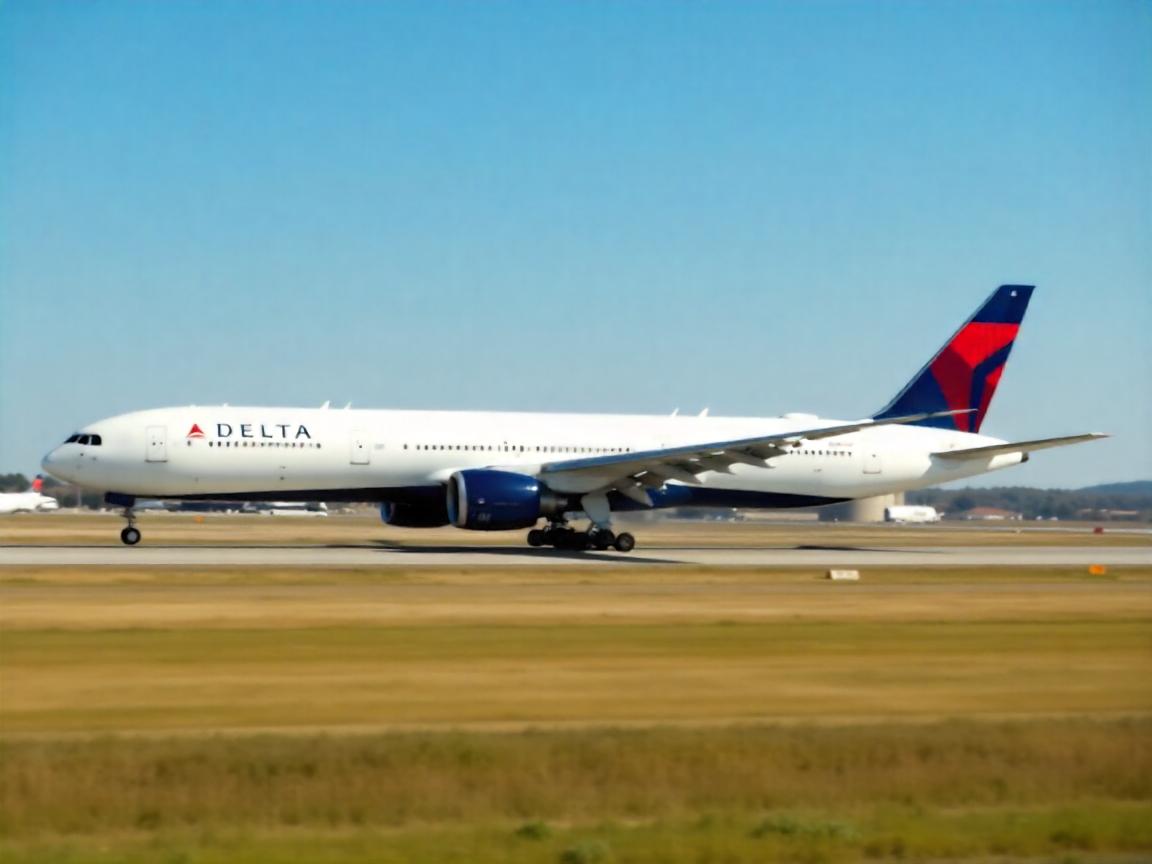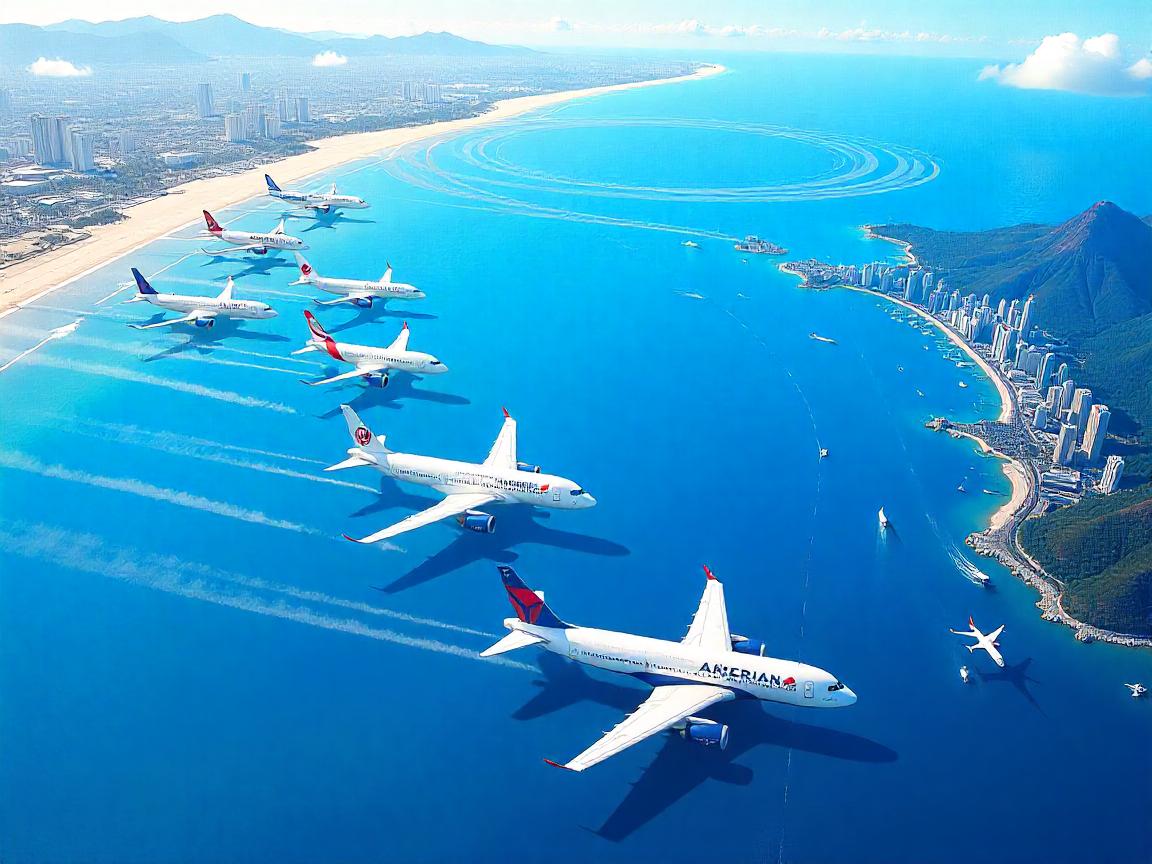Saturday, July 12, 2025
Delta Air Lines is making a bold move to reshape the trans-Pacific travel landscape with its highly anticipated nonstop service between Los Angeles and Hong Kong, marking the airline’s return to the market after an eight-year hiatus. This strategic decision reflects Delta’s commitment to expanding its global reach, leveraging its extensive domestic network at LAX, and tapping into the growing demand for direct flights to Asia’s key financial hub. By reintroducing this crucial route, Delta aims to enhance its competitive edge in a highly saturated market, where established players like Cathay Pacific and United Airlines dominate, while positioning itself as a major player in the dynamic, post-pandemic aviation landscape. This move not only underscores the airline’s resilience but also signals the United States’ continuing leadership in global aviation connectivity.
Delta Air Lines Set to Make Major Comeback in Hong Kong with Nonstop LAX-HKG Service After Eight-Year Hiatus
Delta Air Lines is preparing to re-enter the highly competitive Hong Kong (HKG) market with new nonstop flights from Los Angeles International Airport (LAX), marking its first return to the city in over eight years the city in over eight years. While not yet officially confirmed, credible industry sources indicate that Delta’s return to this crucial trans-Pacific route will soon be announced, shaking up the LAX-HKG corridor and reigniting fierce competition in the long-haul market.
Delta’s Strategic Reentry to Hong Kong
Delta Air Lines, which exited the Hong Kong market in 2018, is now preparing to relaunch direct flights between Los Angeles (LAX) and Hong Kong, a 7,260-mile (11,684 km) route. The service is expected to be operated using the airline’s state-of-the-art Airbus A350-900 aircraft, known for its long-range capabilities and passenger comfort. However, Delta has not yet disclosed specific details regarding flight frequencies or the official launch timeline.
This decision to revive the LAX-HKG route reflects a shift in Delta’s Asia-Pacific strategy. Previously, much of its traffic to the region was routed through Seoul Incheon (ICN) as part of its joint venture with Korean Air. However, this upcoming return signals a renewed focus on direct connectivity between Los Angeles and key Asian hubs.
The LAX-HKG Market: A Competitive Landscape
The Los Angeles to Hong Kong route is already one of the most saturated long-haul markets, with United Airlines (UA) operating two daily flights and Cathay Pacific (CX) offering three daily services. American Airlines (AA) also previously served the route, but it was discontinued due to poor performance even before the pandemic.
Delta’s reentry raises critical questions about its strategy for competing on this high-traffic route. Unlike United and Cathay Pacific, which have robust regional networks and strong partnerships, Delta lacks the same level of connectivity from Hong Kong. Unlike Cathay Pacific, which leverages its broad regional network across Asia and its oneworld partnership, Delta will depend primarily on its own network to drive traffic to Hong Kong, which may limit its appeal to travelers seeking seamless connections to other destinations across Asia.
Strategic Shift from Seattle to Los Angeles
Delta’s decision to launch its Hong Kong service from Los Angeles rather than Seattle is a noteworthy shift in its approach. Although Seattle has historically been a key hub for Delta’s trans-Pacific operations, the airline appears to be leveraging its large domestic network at LAX, where it operates more than 150 peak daily departures. This strategic shift could also reflect an attempt to optimize the use of its Airbus A350-900 fleet, which is well-suited for the LAX-HKG route’s long distance and high passenger demand.
However, this move is not without risks. With LAX already experiencing significant competition on this route, Delta will need to ensure that its service offering stands out in terms of both product and pricing. Moreover, the airline may need to adjust its focus based on demand for cargo and direct traffic from Los Angeles, as premium travel to Hong Kong has seen a decline in recent years.
Challenges and Opportunities Ahead
While Delta’s return to Hong Kong signals an optimistic outlook for expanding its Asian network, the airline will face significant challenges in navigating the evolving geopolitical landscape of the region. Hong Kong’s standing as a financial and tourism hub has been impacted by political changes and social unrest since 2019, which has led to a reduction in demand from U.S. premium travelers. These factors have created uncertainty around the profitability of nonstop services to the city, especially when considering Delta’s limited connecting options from Hong Kong to other major Asian markets.
Additionally, the reintroduction of the Hong Kong route could strain Delta’s fleet resources, as the airline continues to manage its fleet of Airbus A350 and A330 aircraft. The A350-900 is capable of efficiently operating the LAX-HKG route, but with growing competition for these aircraft, Delta may need to reassess its long-haul network in order to ensure sufficient capacity for other international routes.
The Future of Delta’s Trans-Pacific Strategy
As Delta embarks on this major return to Hong Kong, it is clear that the airline is recalibrating its trans-Pacific approach. With LAX now positioned as a central gateway for U.S.-Asia travel, Delta’s revival of the Hong Kong service marks a pivotal moment in its broader strategy. Whether this is a long-term shift from Seattle or a short-term test to gauge demand will depend on how the airline performs on this route and its ability to capture both local and regional traffic.
The LAX-HKG service will also be a litmus test for Delta’s broader strategy in Asia. As global markets begin to recover from the impacts of the pandemic, airlines will need to adapt to shifting demand patterns, with premium and leisure travel slowly returning to pre-pandemic levels. The success of this route will largely hinge on Delta’s ability to tap into Los Angeles’ diverse and expansive market, drawing both business and leisure travelers while maintaining a competitive edge over established carriers like Cathay Pacific and United Airlines.
Delta Air Lines is set to reshape trans-Pacific travel with the return of nonstop flights from Los Angeles to Hong Kong, marking its first service to the city in eight years. This move highlights Delta’s strategic focus on expanding its global network and competing in the high-demand Asian market.
In conclusion, Delta’s reentry into Hong Kong with nonstop flights from Los Angeles reflects both a calculated risk and a potential opportunity. The airline’s focus on leveraging its domestic network and fleet efficiency could provide the necessary framework for a successful comeback, though it will need to address the challenges posed by competition, limited connecting traffic, and shifting geopolitical dynamics.



